What is a spirit bear?
Spirit bears aka Kermode bears (Ursus americanus kermodei) are a subspecies of the North American black bear with a rare recessive gene that makes their fur white or cream.
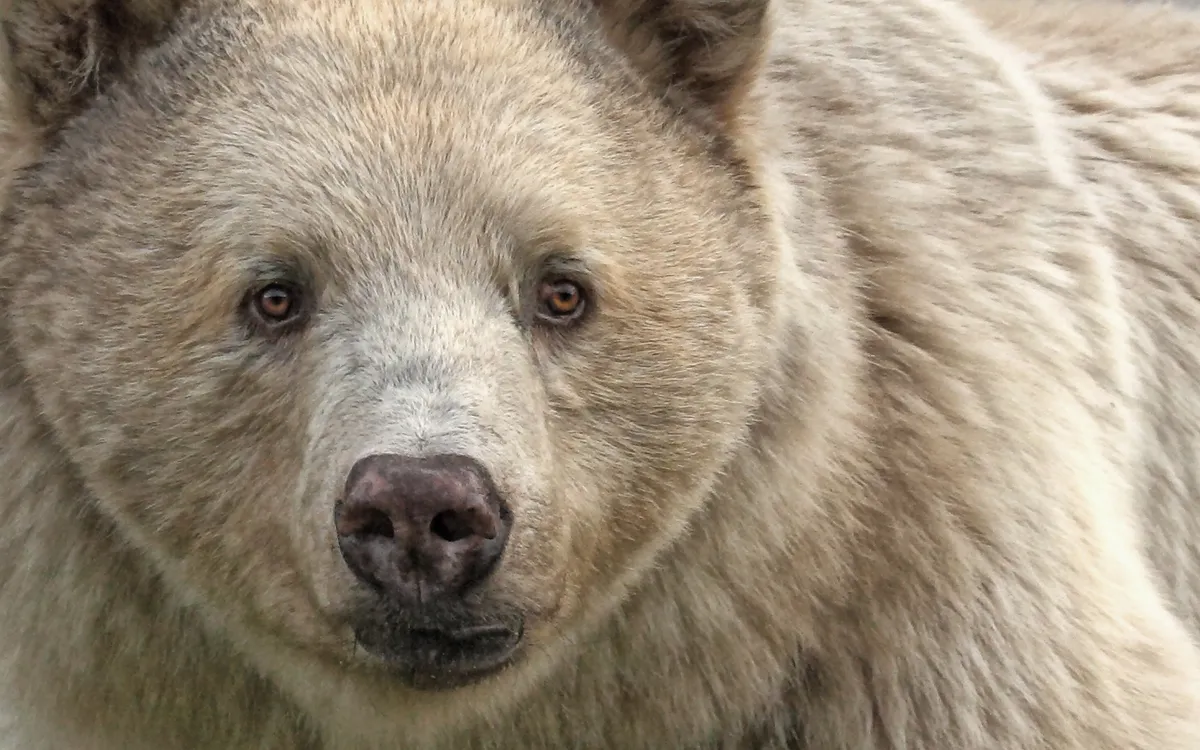
Is a spirit bear just an albino bear?
No, spirit bears are not albino. They have pigment in their skin and eyes, which wouldn't be the case with albinos. Spirit bears have a single mutant gene that causes their unusual colouration.

Where can you see spirit bears?
Spirit bears are found only in the Great Bear Rainforest, a 6.4 million ha ecosystem on British Columbia’s north and central coast. It is the world’s largest intact temperate rainforest. So if you want to see a spirit bear, you'd better go to Canada!

How many spirit bears are left in the world?
No one agrees on the exact number of spirit bears living in this corner of the world, but the best estimate is that the spirit bear population numbers no more than 400 individuals.

Why are spirit bears so rare?
One in ten black bears is pale, and to produce pale cubs both parents – white or black – must carry the gene that results in the white or cream-coloured coat. That means the chances of a couple of black bears producing a spirit bear is pretty slim, even if one of them is a spirit bear itself.
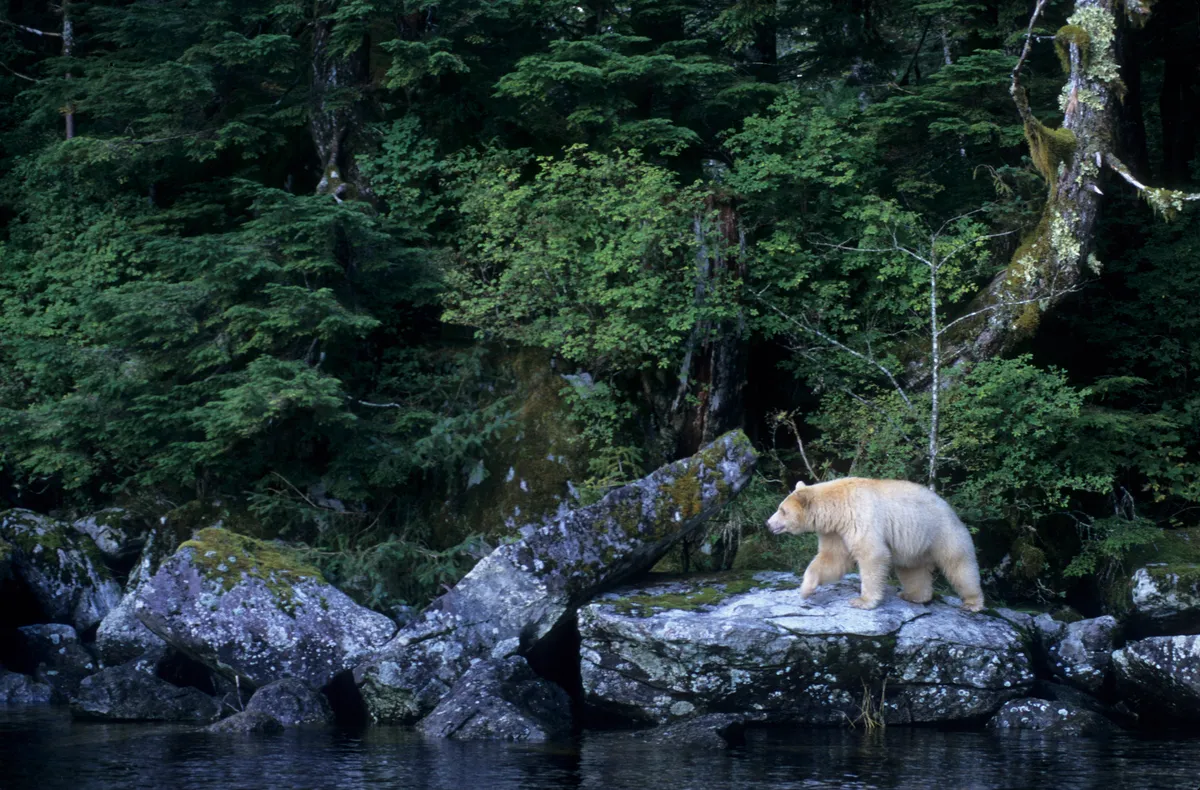
What do Native Americans call spirit bears?
The First Nations communities that have lived in the region for thousands of years call the spirit bear moskgm’ol, which simply means ‘white bear’, and view the animal as sacred.
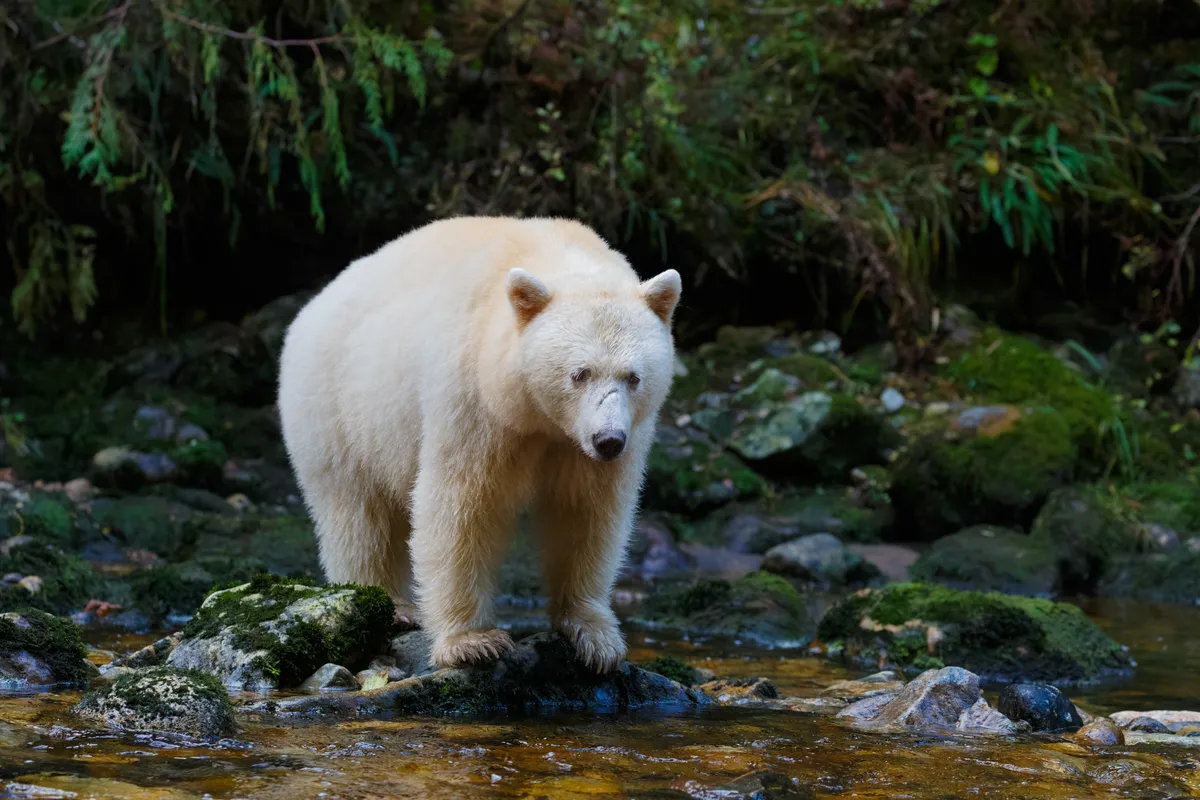
What do spirit bears eat?
Pacific salmon are the lifeblood of the Great Bear Rainforest. When they return from the ocean in autumn to spawn, spirit bears emerge from the forest to feast on pink, chum and coho salmon before going into hibernation.
When they're not hibernating and there are no salmon around, spirit bears eat a variety of foods including fruits, berries, nuts, grasses, roots, other plants, insects, fawns and carrion. Spirit bears are classic omnivores that can make use of a wide variety of foods.
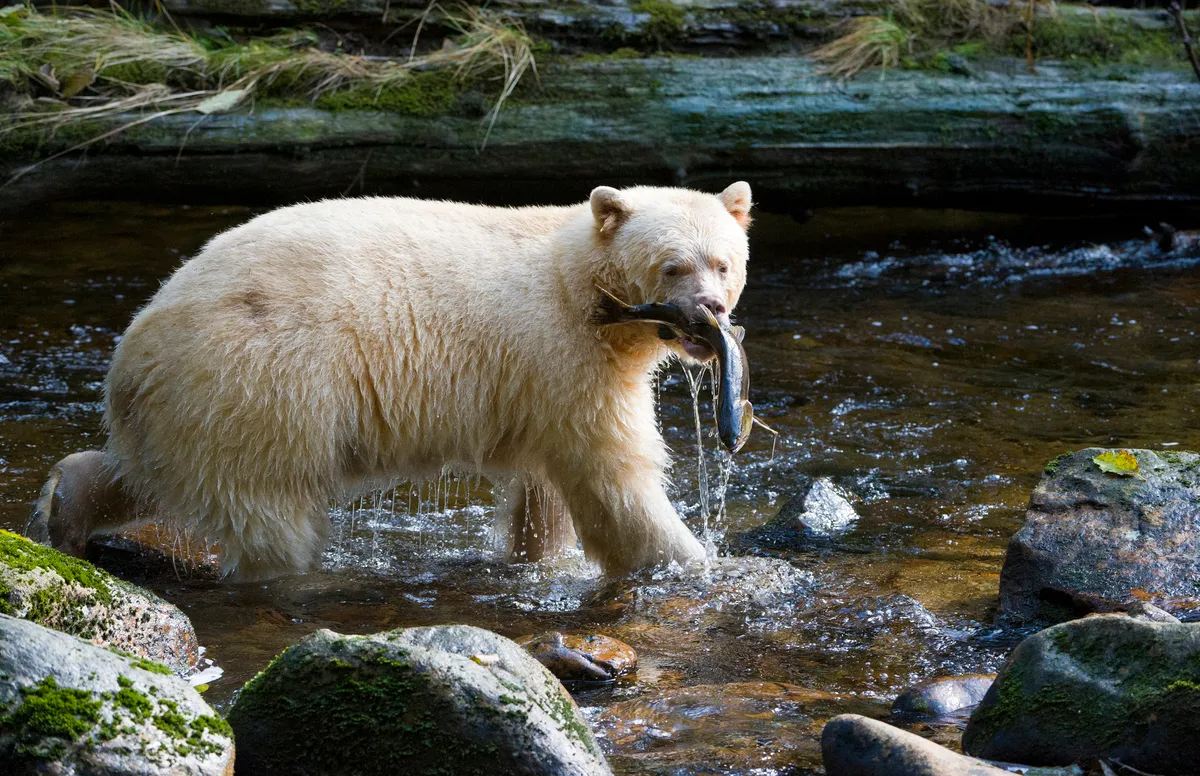
Is it harder for spirit bears to hunt
White bears are actually more successful at catching salmon in daylight compared with black ones. Pale bears are better camouflaged than dark ones by day, because they contrast less with a bright sky background, so salmon don’t notice them as much.
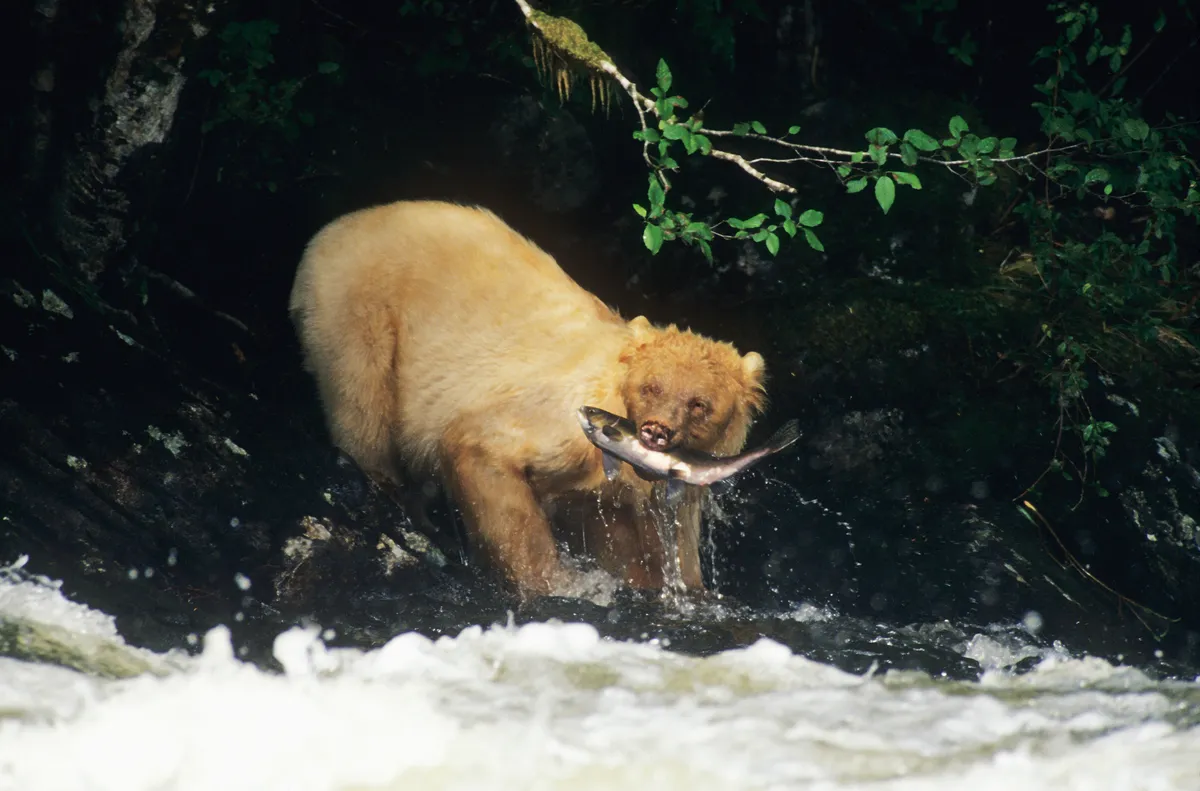
Are spirit bears important for their environment?
The bears play a key role in the ecosystem, contributing to the growth of the forest by spreading marine nutrients. They carry salmon carcasses deep into the forest where they are absorbed by the forest floor and the nutrients from the ocean are effectively transferred to the trees.
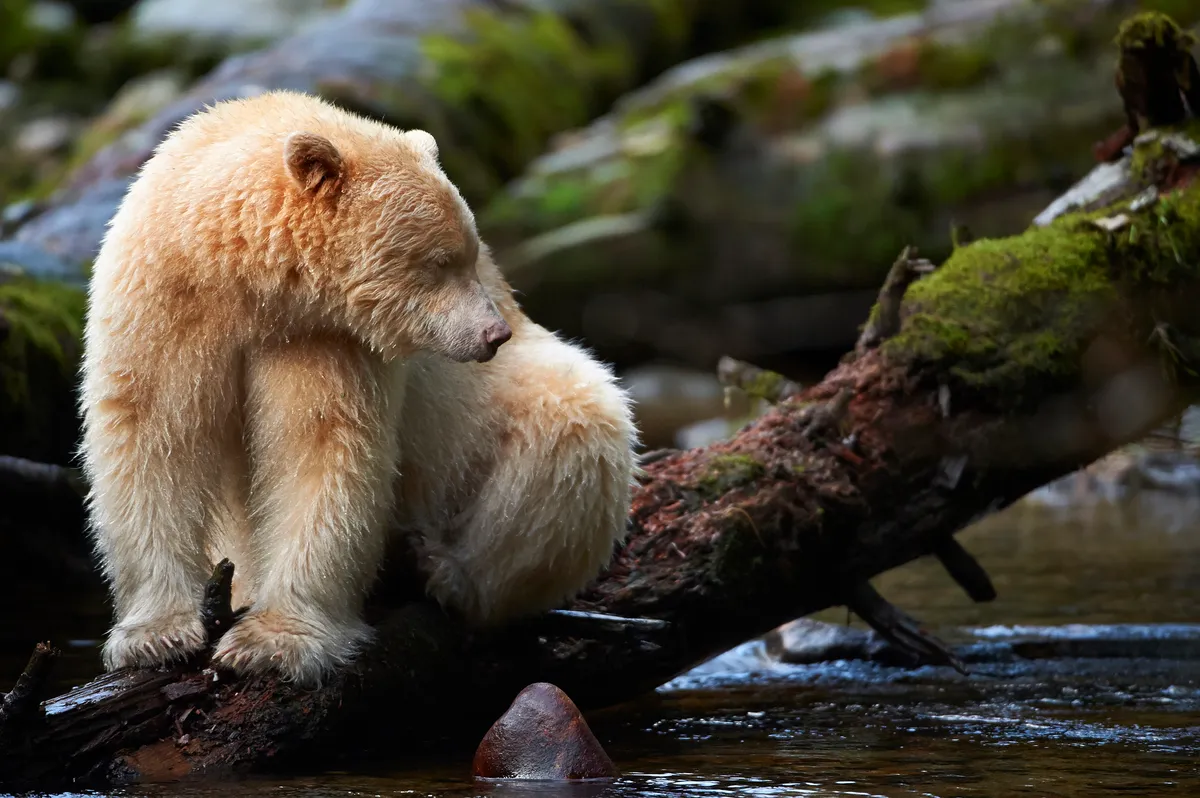
What threats do spirit bears face?
Because numbers of salmon are down, grizzly bears travel farther to look for food and are encroaching on spirit bear territory for the first time. This might be bad news for spirit bears. Grizzlies are larger and stronger, and usually chase other bears off from prime fishing spots.
Bear biologists are concerned about the lack of adequate logging guidelines to protect the big old cedar trees that the spirit bears depend on for hibernating and giving birth to their young.
The government of British Columbia also allows the hunting of grizzly and black bears in the Great Bear Rainforest. So while it is illegal to kill a spirit bear, hunters may shoot a black bear that carries the crucial gene.
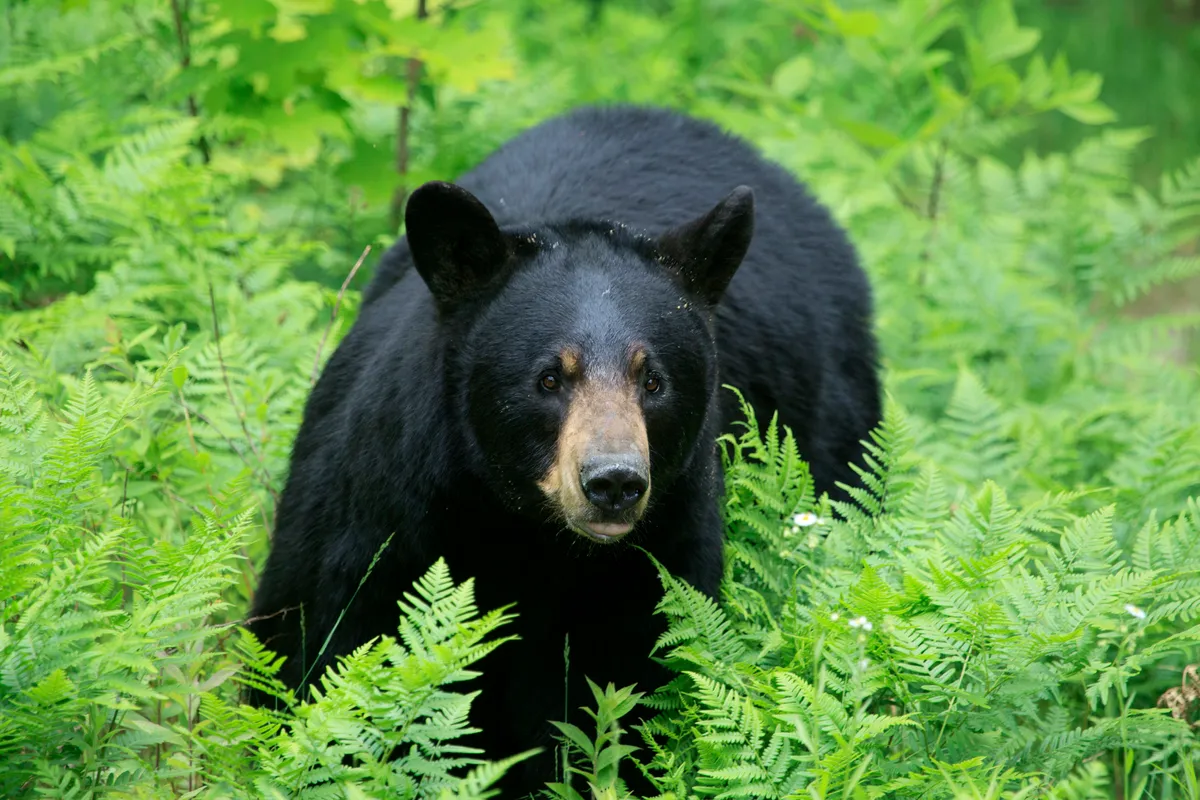
Discover more fascinating bear species
- Polar bear guide: where they're found, what they eat, and why they're threatened
- Moon bear guide: where they live, what they eat - and how they are being saved from cruel farming practices
- A year in the life of European brown bears
Photo © Keith Szafranski/Getty